A conversation with designer Elisa Strozyk
Das ist Berlin: Part 2
Over the last several months, as Berlin has found itself firmly planted on the international stage, we’ve interviewed a number of standout talents who are helping define the city’s contemporary design aesthetic. In this installment, rising design star Elisa Strozyk shares her thoughts.
Native Berliner Elisa Strozyk was just seven years old when the wall came down. “I lived in the eastern part of Berlin, in Pankow . . . It was a very exciting time as the city had undergone a big change. I think every Berliner from my generation has a lot of memories [of] this very special period.”
She went on to study design in London, earning her Master’s degree from the prestigious Central Saint Martins College in 2009. Looking back, she says, “I really enjoyed the time in London, but Berlin means much more freedom for me. Here we have more affordable space to rent and the city feels in general more relaxed but also vibrant. Also, I can still work with clients from all over the world from here.”
Today, Strozyk is internationally recognized for handmade designs that challenge our expectations of materials. “I am interested in the different physical states of materials,” she explains. “Wood becomes flexible as a textile or glass looks as if it is has been fluid.” With the ongoing Wooden Textiles project, for example, Strozyk transforms pieces of wood into malleable wooden surfaces by attaching them to textile bases. The pieces’ pliability shifts depending on their size or shape, making them applicable in everything from flooring and blankets to upholstery, furniture, and beyond.
Asked how her experience of Berlin has changed in recent history, Strozyk tells us, “In the last 15 years, Berlin has received more and more interest from the international design scene. Creative people love the city, come for a visit as tourists, and also, more and more, international designers decide to live in Berlin. But on the other hand, the design scene is not very stable. A lot of people who tried to establish a design week, festival, sales fair, or a design gallery had to resign. Especially in the last five years, I’ve seen a lot of design-related institutions close down. Berlin has creativity but not enough financial power.”
As more money begins to come into the city, though, and rents begin to increase, Strozyk notes, “We still have affordable space for studios, workshops, and showrooms . . . Yes, the rent of our studio in Kreuzberg got much more expensive, [and] if I am planning to look for a larger space, I will have to move a bit more to the outskirts of Berlin. But as my customers are mostly not in Berlin, my general business won't change a lot.”
*This story is part of a larger series on the talented upstarts helping shape Berlin’s design scene today. Get to know more of the new generation of designers—and their thoughts about their chosen hometown—by clicking below.
Das ist Berlin: A chat with designer Anna Badur Read here.
Das ist Berlin: A visit with Krupka-Stieghan Read here.
Das ist Berlin: A visit with MY KILOS Read here.
Das ist Berlin: The city's new design guard discusses a shifting landscape. Read here.
-
Text by
-
Anna Carnick
Anna is Pamono’s Managing Editor. Her writing has appeared in several arts and culture publications, and she's edited over 20 books. Anna loves celebrating great artists, and seriously enjoys a good picnic.
-
More to Love
Large Beige Cotton Bowl by Krupka-Stieghan
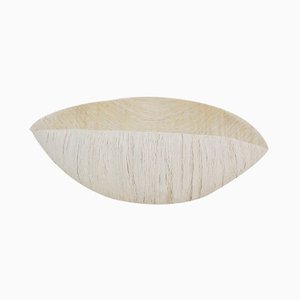
Beige & Yellow Cotton Bowl by Krupka-Stieghan
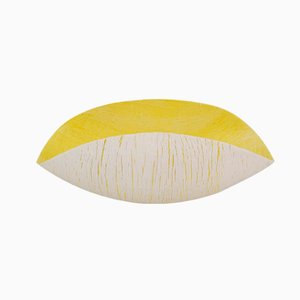
Yellow & Beige Cotton Bowl by Krupka-Stieghan
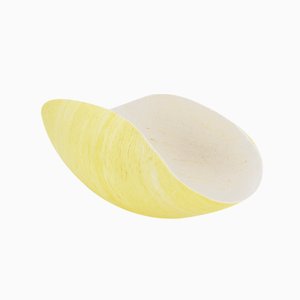
Glück Side Table by Andreas Berlin
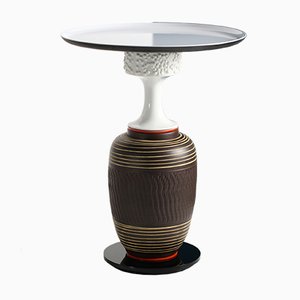
Swim Shelf by Andreas Berlin
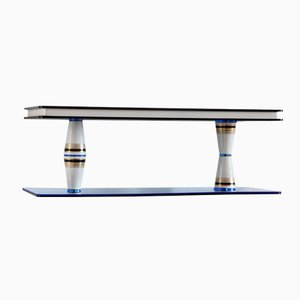
Somebody Got Lucky Shelf by Andreas Berlin

(breaking) Heart Lamp by Philipp Käfer

Black & Yellow Cotton Bowl by Krupka-Stieghan

DREI Pendant Lamp by Katrin Greiling for Studio Greiling

AION Birch Pendant Light by Paul Girardet for Iumi
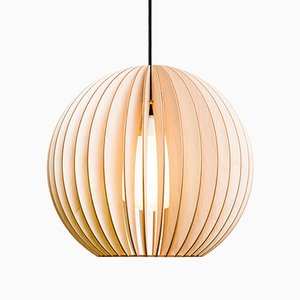
Drop Plate from the Blue Sunday Series by Anna Badur, Set of 4

Tide Mugs from the Blue Sunday Series by Anna Badur, Set of 4
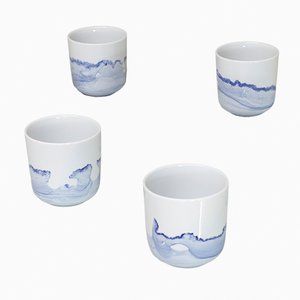
Blue Sunday / Pool / Plate by Anna Badur, Set of 4

Whatever the Weather #01 Pillow by Anna Badur

No Cardboard in Metallic Pink by Philipp Käfer

No Cardboard in Metallic Blue by Philipp Käfer

No Cardboard in Brushed Aluminium by Philipp Käfer


